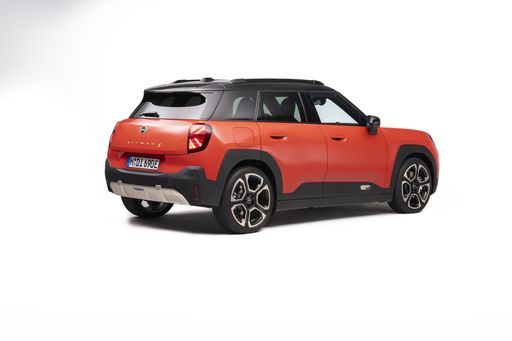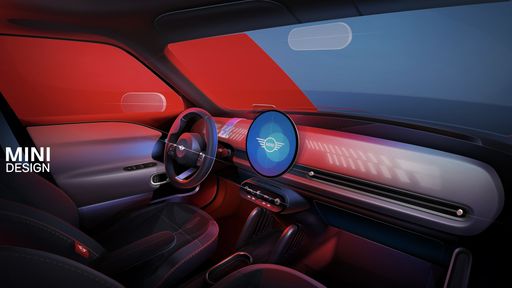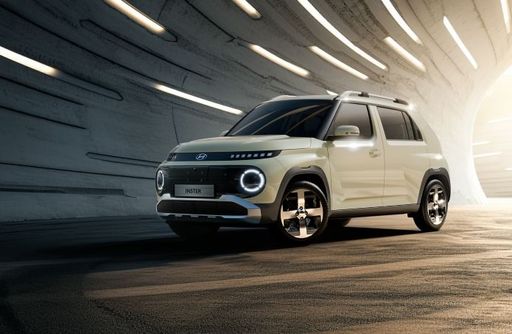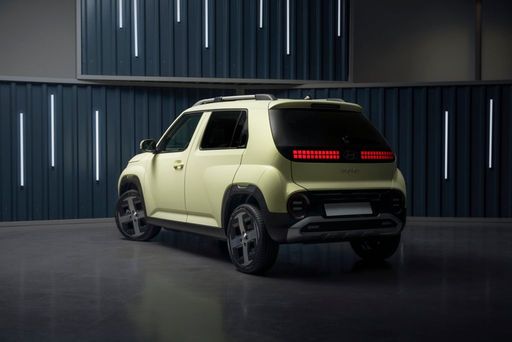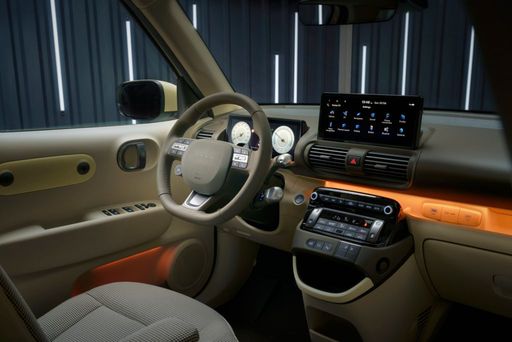MINI Aceman vs. Hyundai Inster: The Electric Showdown
As the automotive world continues its electrifying journey into sustainable mobility, two competitors are making significant waves with their compact SUV entries. The 2024/2025 MINI Aceman and the 2025 Hyundai Inster present two distinct flavors of modern electric driving. Let's delve into the technologies, design dynamics, and performance metrics that set these two apart.


